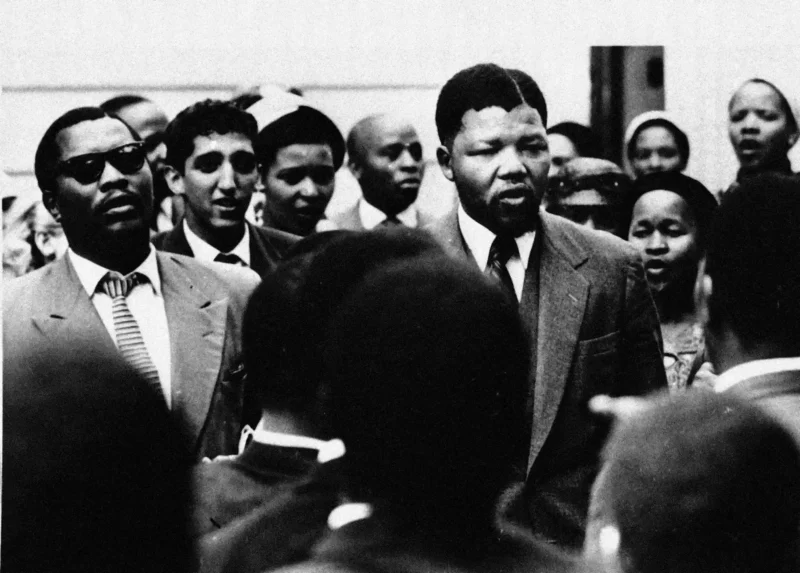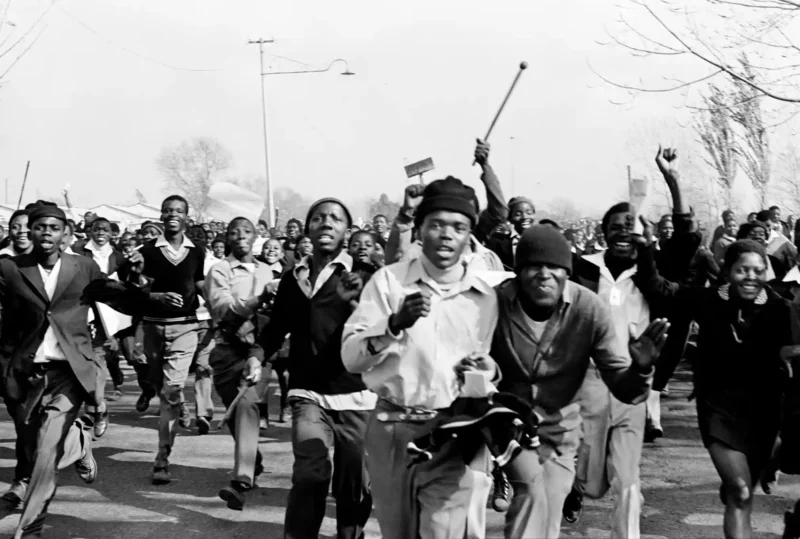‘To fight with my camera, to kill apartheid’: Peter Magubane – a life in pictures
Share
Explore Our Galleries
Breaking News!
Today's news and culture by Black and other reporters in the Black and mainstream media.
Ways to Support ABHM?
January 12, 2024

Born in Johannesburg in 1932, Peter Magubane documented the brutality of apartheid and suffered from banning orders, solitary confinement and beatings as a result. From teaching himself as a boy with a Brownie camera, he went on to work for the influential magazine Drum and became Nelson Mandela’s official photographer. He died on New Year’s Day aged 91.
The Guardian took a look at Magubane’s remarkable career.

Don’t forget to stop by ABHM’s virtual exhibits for more Black history.
More breaking news here.









Comments Are Welcome
Note: We moderate submissions in order to create a space for meaningful dialogue, a space where museum visitors – adults and youth –– can exchange informed, thoughtful, and relevant comments that add value to our exhibits.
Racial slurs, personal attacks, obscenity, profanity, and SHOUTING do not meet the above standard. Such comments are posted in the exhibit Hateful Speech. Commercial promotions, impersonations, and incoherent comments likewise fail to meet our goals, so will not be posted. Submissions longer than 120 words will be shortened.
See our full Comments Policy here.